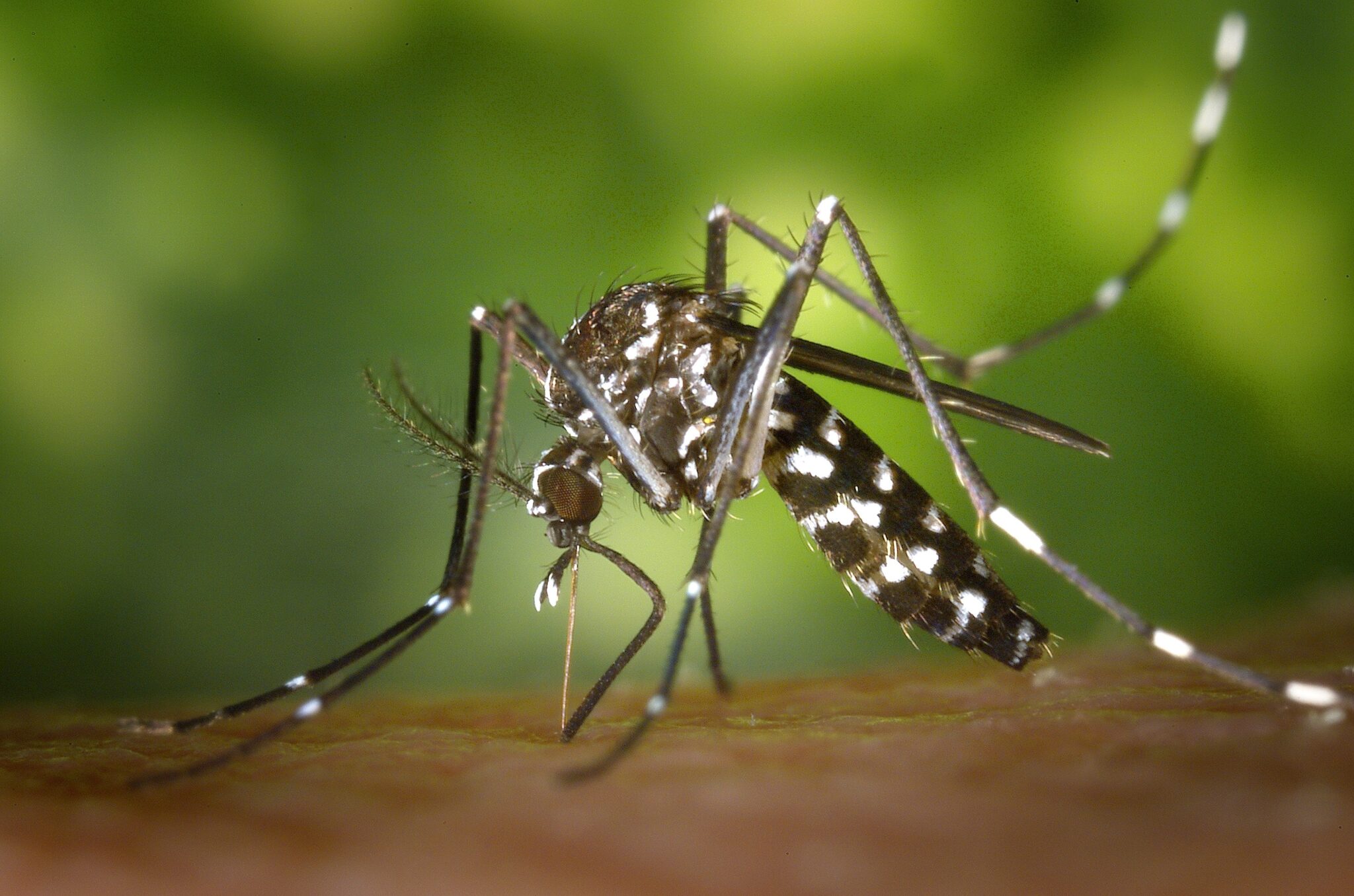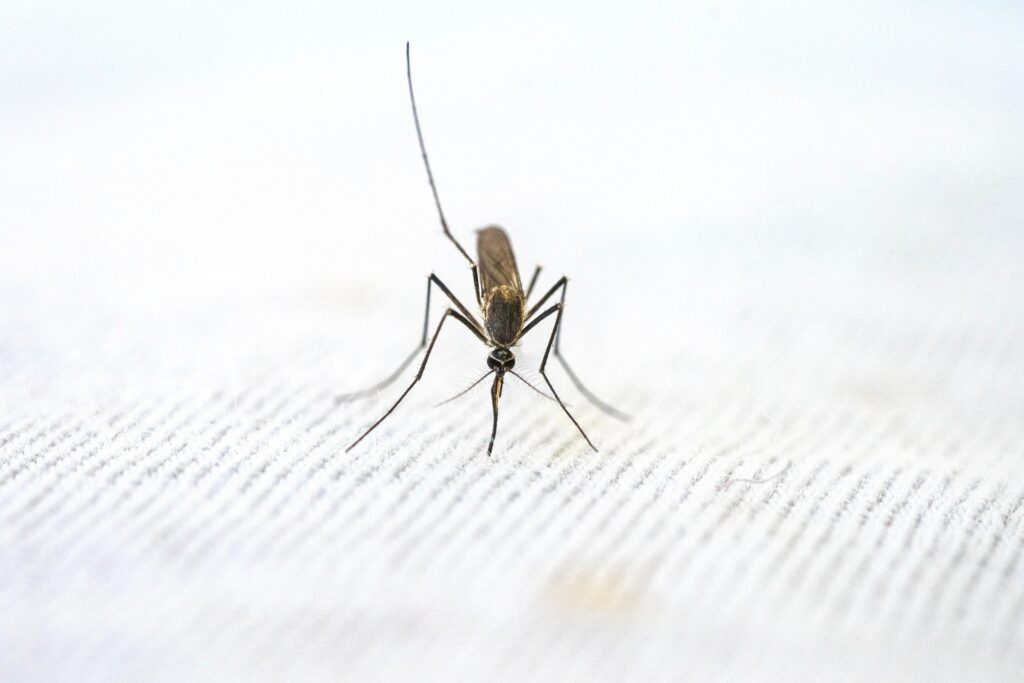Insect bites and stings on dogs
Summer begins! Bug bites and stings are a common problem for dogs in this season, and they can cause a range of symptoms from mild irritation to severe allergic reactions. It is important to be aware of the signs of bug bites and stings on your dog and know how to prevent and treat them. In this article, we’ll discuss the types of bugs that commonly annoy dogs, the signs of bug bites and stings, and how to treat and prevent them.
Dogs can be bitten or stung by a variety of bugs, including:
- Mosquitoes: Mosquitoes can cause itchy, raised bumps on a dog’s skin.
- Fleas: Fleas are a common problem for dogs, and their bites can cause intense itching and irritation.
- Ticks: Ticks can attach themselves to a dog’s skin and transmit diseases such as Lyme disease. You can read more about it in our article about Tick bites in dogs.
- Bees, Wasps, and Hornets: These insects can sting a dog and cause swelling, pain, and allergic reactions.

The signs of bug bites and stings on dogs can vary depending on the type of bug and the severity of the reaction. Here are some common signs to look for:
- Itching and scratching: Dogs may scratch, lick, or bite at the affected area, indicating irritation and discomfort.
- Swelling: The site of the bite or sting may become swollen, red, or hot to the touch.
- Pain: Some dogs may vocalize or show signs of pain when bitten or stung.
- Hives or rashes: Allergic reactions can cause hives, rashes, and even difficulty breathing in severe cases.

Treating bug bites and stings on dogs involves a combination of home care and veterinary intervention. Here are some steps you can take to treat and prevent bug bites and stings on your dog:
- Home care: If your dog has been bitten or stung, you can apply a cold compress or ice pack to the affected area to reduce swelling and provide pain relief. You can also give your dog an antihistamine, if recommended by your veterinarian.
- Veterinary care: In severe cases, your veterinarian may need to administer a steroid injection or prescribe medication to manage allergic reactions.
- Prevention: You can prevent bug bites and stings on your dog by using insect repellents, keeping your dog’s coat clean and well-groomed, and avoiding areas where bugs are known to congregate.
- Regular checkups: Regular checkups with your veterinarian can help identify and treat bug bites and stings early on, preventing more serious complications from occurring.
In conclusion, bug bites and stings are a common problem for dogs, but they can be managed with the right care and attention. If you have any concerns about your dog’s health, don’t hesitate to contact your veterinarian for guidance.
Share our post:
